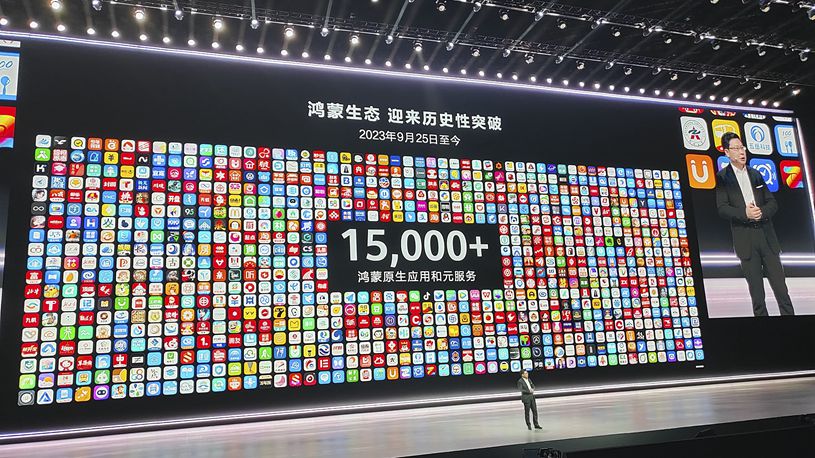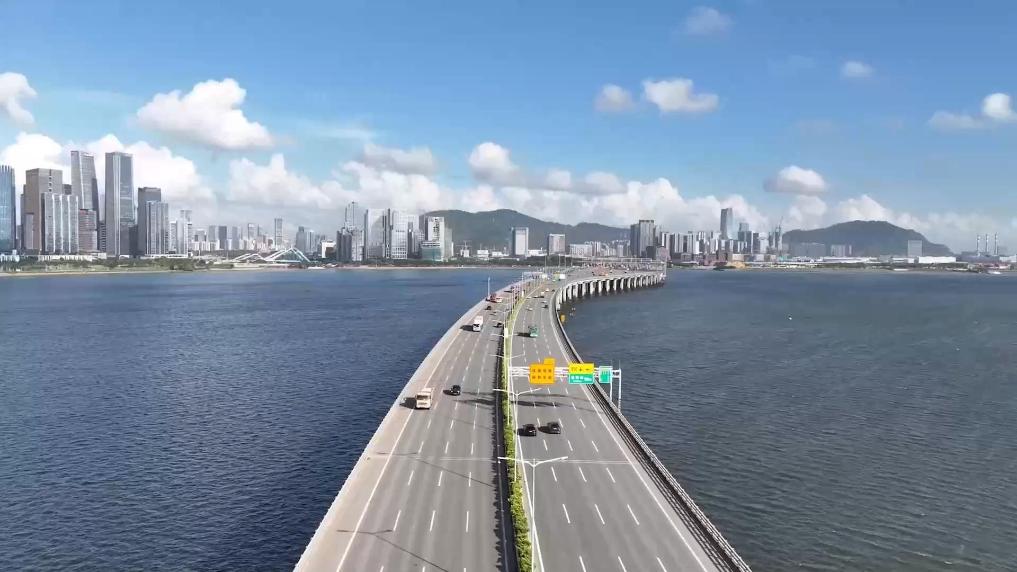CHONGQING, Oct. 25 (Xinhua) -- An ASEAN (Association of Southeast Asian Nations) Express train set off for Poland's Malaszewicze via southwest China's Chongqing Municipality on Friday morning, marking the opening of a fast-track route for Asia-Europe trade.
The train, loaded with automotive electronic components and other goods, left Chongqing's Tuanjiecun Station at about 5:00 a.m. and is expected to reach its destination in around two weeks.
It originally departed from Hanoi, Vietnam, on October 15, before arriving in Chongqing for reconfiguration.
The first ASEAN Express to depart from Chongqing symbolizes the seamless connection between the New International Land-Sea Trade Corridor and the China-Europe freight train service -- two vital international trade routes.
The total journey, which starts in Vietnam, is expected to take approximately 25 days, reducing the transit time by five to 10 days compared to previous Asia-Europe cross-border transportation routes.
The express is jointly operated by Yuxinou (Chongqing) Supply Chain Management Co., Ltd. and New Land-Sea Corridor Operation Co., Ltd. This collaboration facilitates a streamlined process, enabling faster transit times and improved services for quick customs clearance, according to Liu Taiping, general manager of Yuxinou (Chongqing) Supply Chain Management Co., Ltd.
Previously, freight transportation between ASEAN and Europe had primarily relied on maritime shipping.
"In the past, transporting ASEAN goods to Europe by rail involved two separate transport routes and operational platforms, resulting in complicated procedures and longer transit times," said He Daoguo, general manager of Chongqing Meilian International Warehouse & Transport (Group) Co., Ltd, a logistics company serving diverse global clients across various sectors, including automotive parts, electronic information and chemical materials.
"Thanks to the collaboration, our clients can reduce their logistics costs by approximately 15 percent," He noted.
"The ASEAN Express effectively links these major trade routes, thereby enhancing Chongqing's role as a comprehensive inland hub that connects the Belt and Road," said Ding Yao, head of Chongqing Academy of Economics Research.
"This connection is poised to further facilitate trade and cultural exchanges among Belt and Road Initiative (BRI) participating countries, strengthen the stability of global industrial and supply chains, and drive high-quality Belt and Road cooperation," Ding added.
With its operational hub based in Chongqing, the New International Land-Sea Trade Corridor connects global ports via railways, sea routes and highways through southern and southwestern Chinese provincial regions such as Guangxi and Yunnan. As of August 2024, this corridor had expanded its reach to 523 ports in 124 countries and regions.
The China-Europe freight train service, a logistics channel linking Asia and Europe, began operations in 2011 and has witnessed booming development -- in particular since the implementation of the BRI. ■












